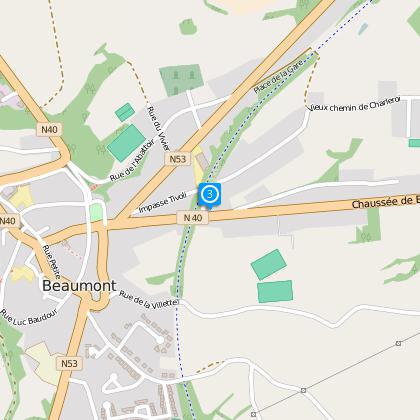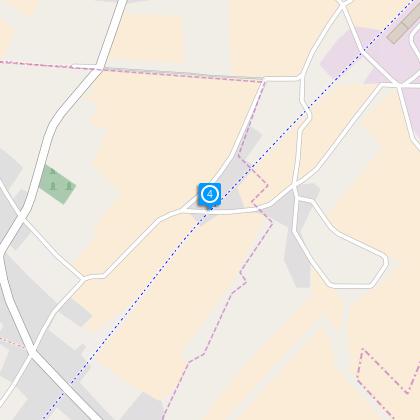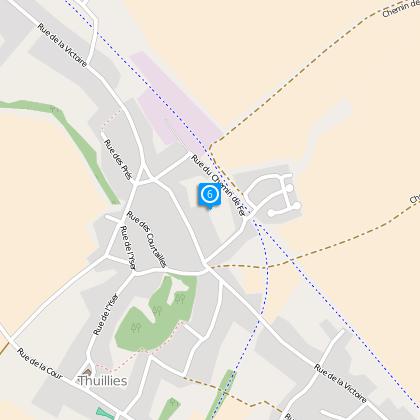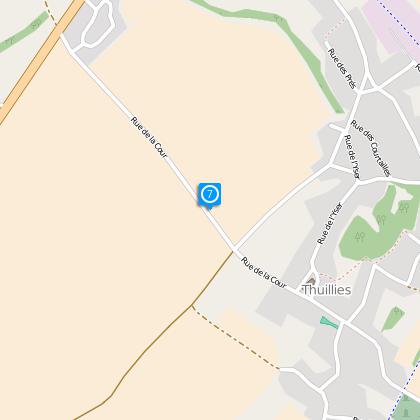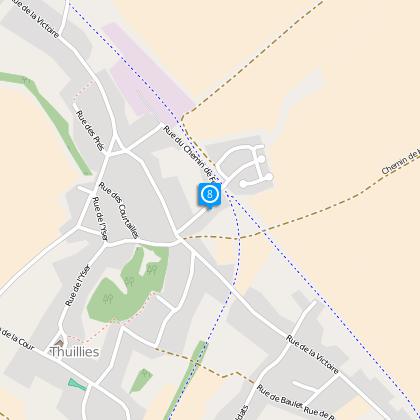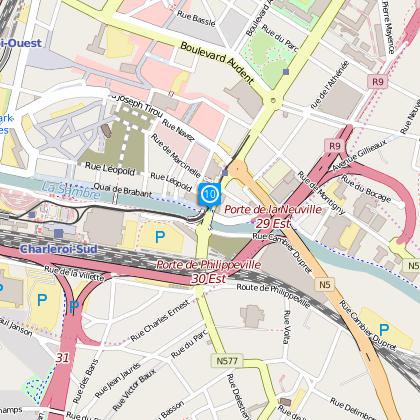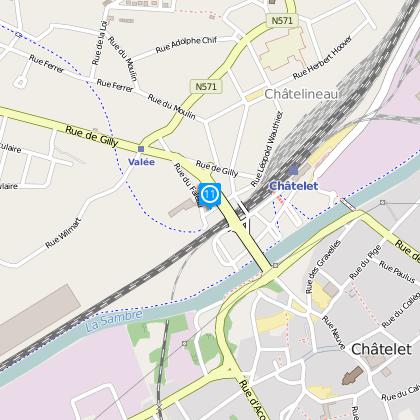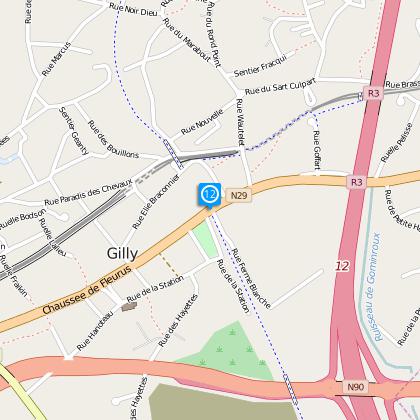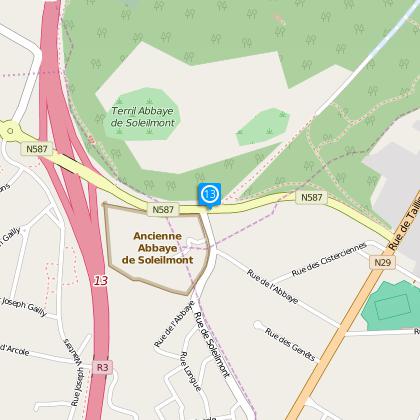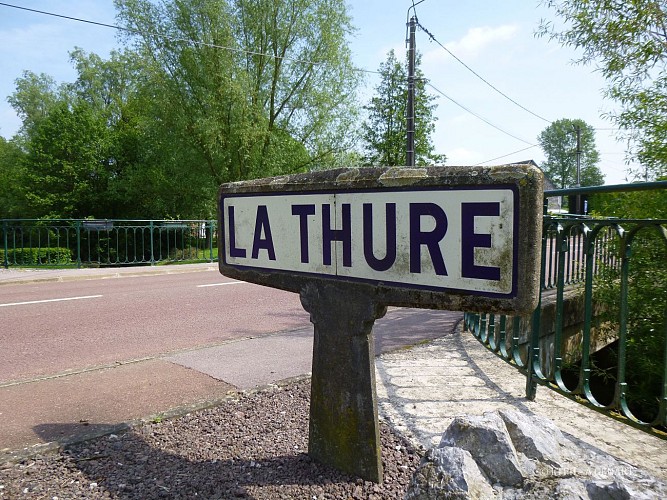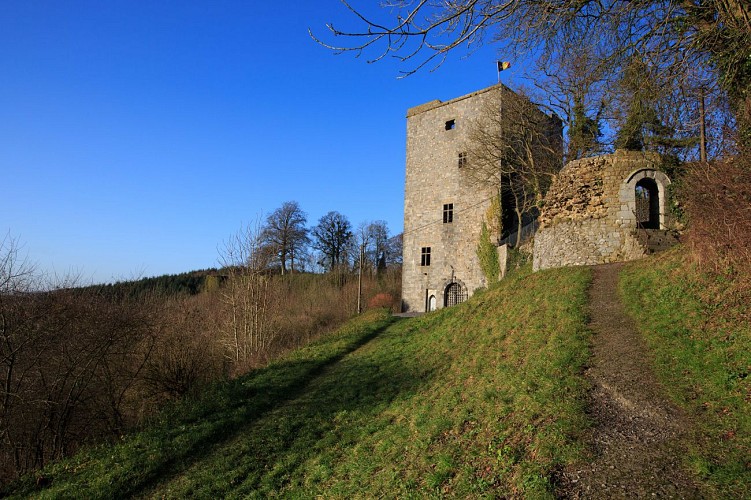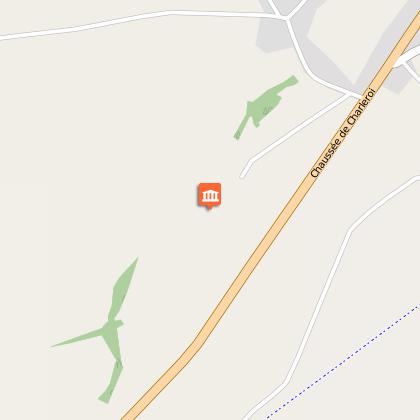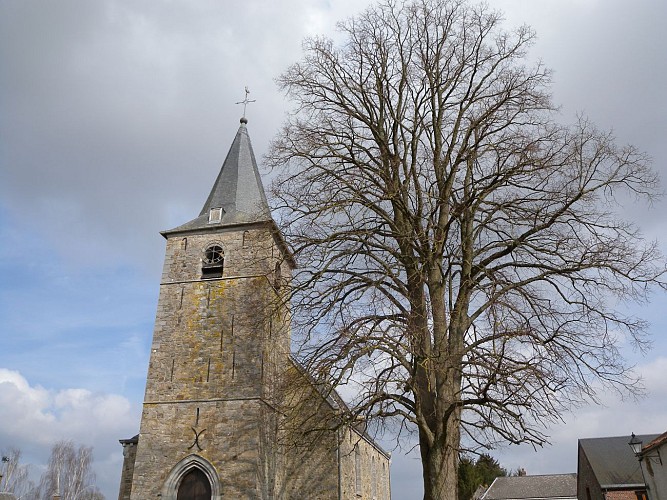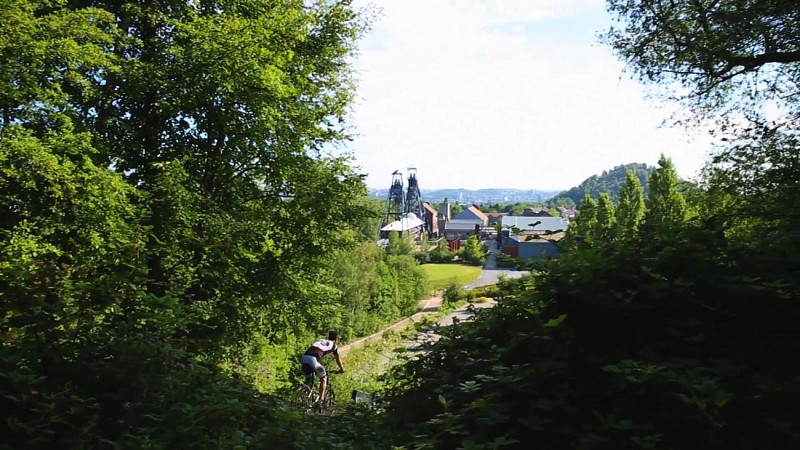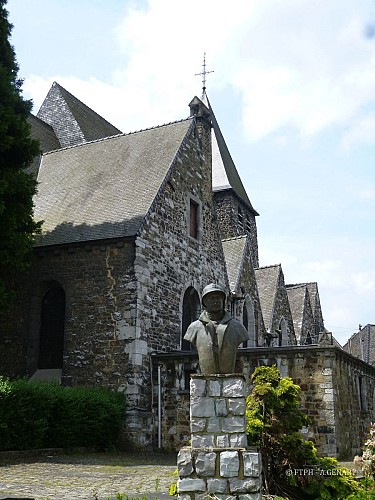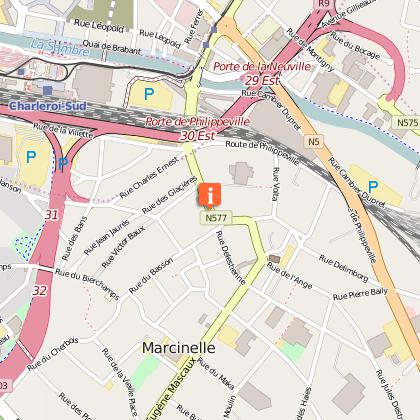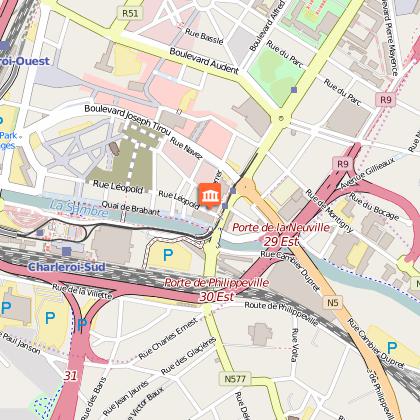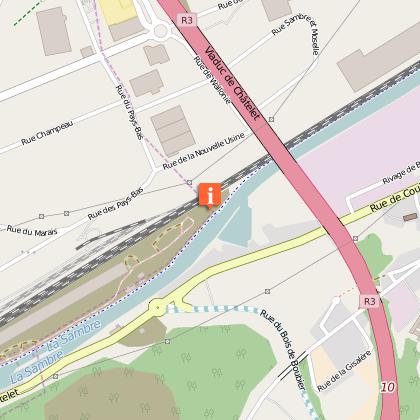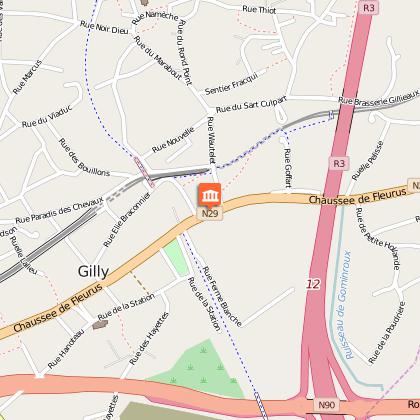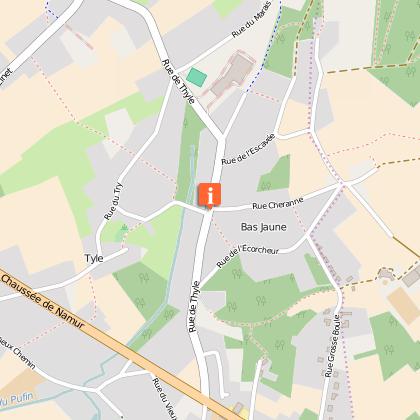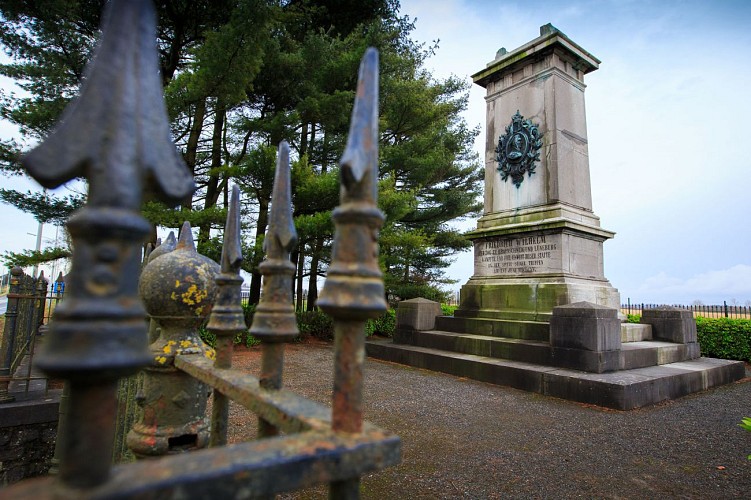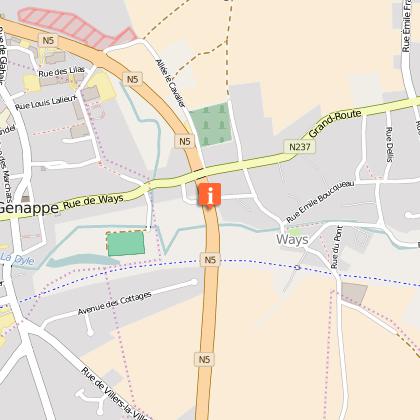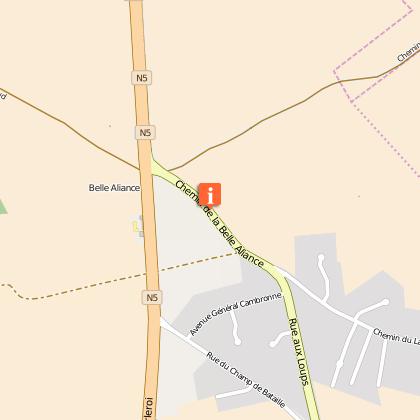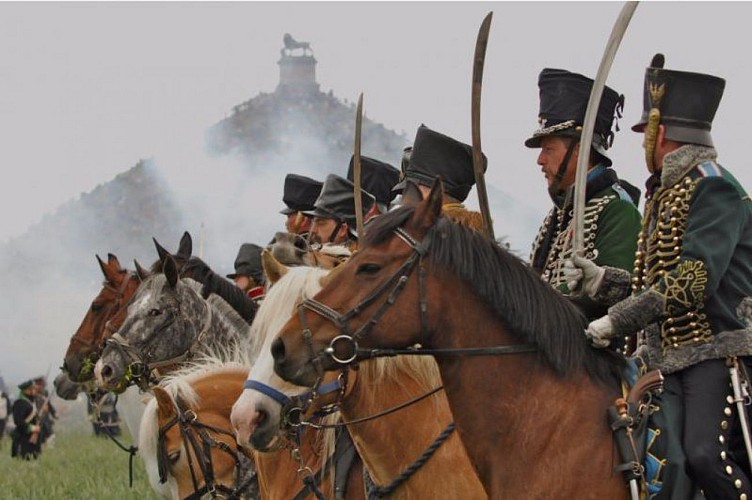警报
警报
练习类型
自行车
中等
12h
Presentation
地图
步骤
兴趣点
Cirkwi 简报
评级和评论
周围的看点
拿破仑路线(1815年6月)/汉诺威自行车在瓦隆尼亚地区的路线

信用 : ©WBT/Denis Vasilov
Cirkwi 简报
在自行车上探索历史的拿破仑路线
路线关键规格揭示
季节性旅行提示和安全
该地区的历史精髓
骑行者的气候见解
身临其境地融入历史和风景的结合,骑行华隆尼龙路线(由Genart精心打造)在瓦隆尼亚地区。这条全长118公里的自行车冒险之旅从Hestrud到Waterloo,由Hainaut文化旅游机构构思,让您回到1815年6月决定性的日子,穿越比利时战役的最后章节。当您沿着这段历史之旅航行时,让您的想象力重新创造出战斗和现在标志着这片土地安宁的景象,提供了一个过去与现在独特并置的体验,既满足历史爱好者,也适用于热衷于骑行的人。
路线关键规格揭示
拿破仑路线全长118.2公里,起始点为Hestrud,终点为标志性的Waterloo。为骑行者量身打造,这条路线提供了历史的吸引力和体力的挑战的完美结合,适用于VTC自行车。骑行者应准备好面对一个没有重大爬升的历程,但需覆盖相当长的距离,建议以稳定的速度和适当的准备迎接这次挑战。
季节性旅行提示和安全
为了获得最佳体验,春季和初秋是避开夏季高温和冬季寒冷的理想时段。这些季节路径较少拥挤,天气也更适合骑行。确保自行车维护良好,携带足够的水和零食,并提前熟悉路线。反光装备和头盔对于安全来说是必不可少的,始终遵守当地的交通法规和环境。
该地区的历史精髓
位于贺诺区的Hestrud标志着一个充满历史的路线的起点。该地区在1815年6月拿破仑的比利时战役的最后几天扮演了关键角色。这个丰富文化和历史意义的地区为路线提供了一个引人入胜的背景,能够洞察欧洲动荡的过去,同时展示出其风景和社区的宁静美和韧性。
骑行者的气候见解
该地区气候温和,夏季温和,冬季凉爽。最佳参观时间为晚春(5月至6月)和初秋(9月至10月),这段时间您可能会遇到宜人的天气,平均温度适宜骑行。在开始旅程前,请务必查看天气预报,因为天气可能变化不定。
自动生成。
IGN 地图

2806SB - MAUBEUGE JEUMONT
编辑器 : IGN
收藏 : TOP 25 ET SÉRIE BLEUE
梯子 : 1:25 000
13.90€

102 LILLE MAUBEUGE PNR SCARPE ESCAUT PNR DE L'AVESNOIS
编辑器 : IGN
收藏 : TOP 100
梯子 : 1:100 000
8.40€

D59-62 NORD PAS-DE-CALAIS
编辑器 : IGN
收藏 : CARTES DÉPARTEMENTALES IGN
梯子 : 1:150 000
5.90€

NR05 GRAND EST RECTO/VERSO MASSIF DES VOSGES ALSACE LORRAINE
编辑器 : IGN
收藏 : CARTES RÉGIONALES IGN
梯子 : 1:250 000
6.80€

NR04 - GRAND EST RECTO/VERSO ARDENNE CHAMPAGNE
编辑器 : IGN
收藏 : CARTES RÉGIONALES IGN
梯子 : 1:250 000
6.80€

NR01 HAUTS-DE-FRANCE
编辑器 : IGN
收藏 : CARTES RÉGIONALES IGN
梯子 : 1:250 000
6.80€

EUROPE
编辑器 : IGN
收藏 : DÉCOUVERTE DES PAYS DU MONDE IGN
梯子 : 1:2 500 000
7.00€

PAYS-BAS BELGIQUE LUXEMBOURG
编辑器 : IGN
收藏 : DÉCOUVERTE DES PAYS DU MONDE IGN
梯子 : 1:300 000
7.00€
技术信息
自行车
难度
中等
持续时间
12h
(2天)
距离
118 km
练习类型
自行车
中等
12h
显示更多信息
高程剖面
起点
95
Rue de l'Église
,
59740
Hestrud
Lat : 50.20038Lng : 4.1541
步骤
兴趣点
数据作者

提出者
Hainaut Rando
Digue de Cuesmes 29/1 7000 Mons Belgique
评级和评论
周围的看点


